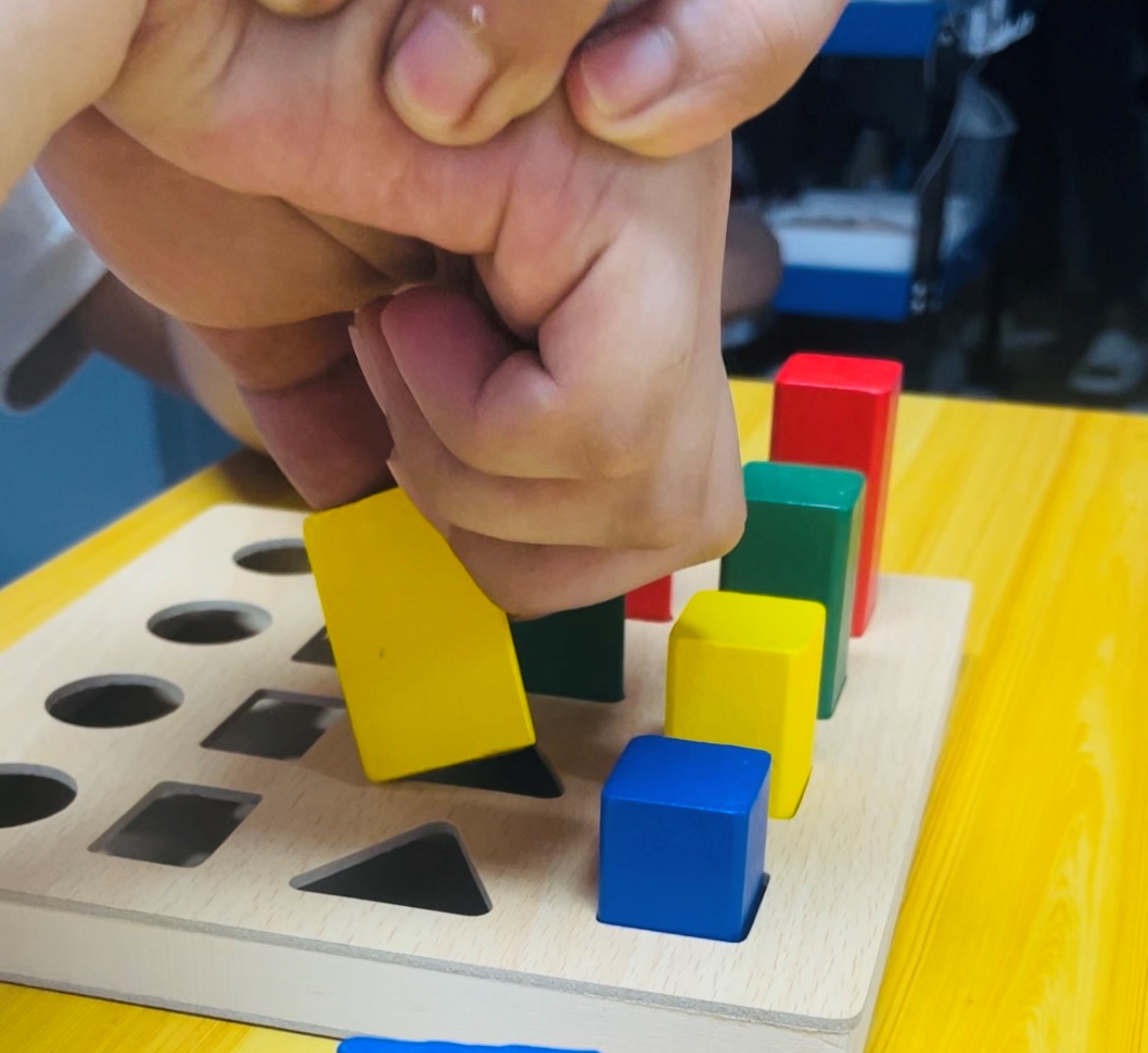
Neuromuscular Condition
Physical therapy is essential in the management of various neuromuscular conditions, helping individuals improve function, mobility, and quality of life. Here are specific examples of how physical therapy can benefit individuals with different neuromuscular conditions:
1. Stroke (Cerebrovascular Accident)
● Gait Training: Physical therapists work on improving walking ability and balance, focusing on strengthening affected limbs.
● Functional Activities: Therapists help patients regain independence in activities of daily living (ADLs) such as dressing, bathing, and cooking.
● Constraint-Induced Movement Therapy (CIMT): This technique encourages the use of the affected limb while restraining the unaffected limb, promoting motor recovery
2.Multiple Sclerosis (MS)
● Exercise Programs: Therapists design tailored exercise routines to address weakness, fatigue, and spasticity, aiming to improve strength and endurance.
● Balance and Coordination Training: Specific exercises target balance deficits to reduce the risk of falls.
● Energy Conservation Techniques: Education on conserving energy during daily tasks helps manage fatigue associated with MS.
3.Parkinson's Disease
● Movement and Mobility Exercises: Therapists focus on improving flexibility, posture, and movement patterns affected by Parkinson's.
● Cueing Techniques: Use of external cues (e.g., rhythmic auditory cues) to facilitate movement and improve gait.
● Functional Training: Activities are geared towards improving fine motor skills needed for tasks like writing or buttoning clothes.
4. Spinal Cord Injury:
● Strength and Conditioning: Physical therapy aims to build strength in paralyzed or weakened muscles through targeted exercises.
● Mobility Training: Therapists work on adaptive techniques and use of assistive devices to promote independent mobility.
● Pain Management: Techniques like manual therapy and modalities help manage pain often associated with spinal cord injury.
5. Peripheral Neuropathy:
● Sensory Re-education: Techniques to improve sensation and proprioception, reducing the risk of falls.
● Foot Care Education: Instruction on proper foot care to prevent complications such as ulcers or injuries.
● Balance and Stability Exercises: Specific exercises to enhance balance and reduce the risk of injury.